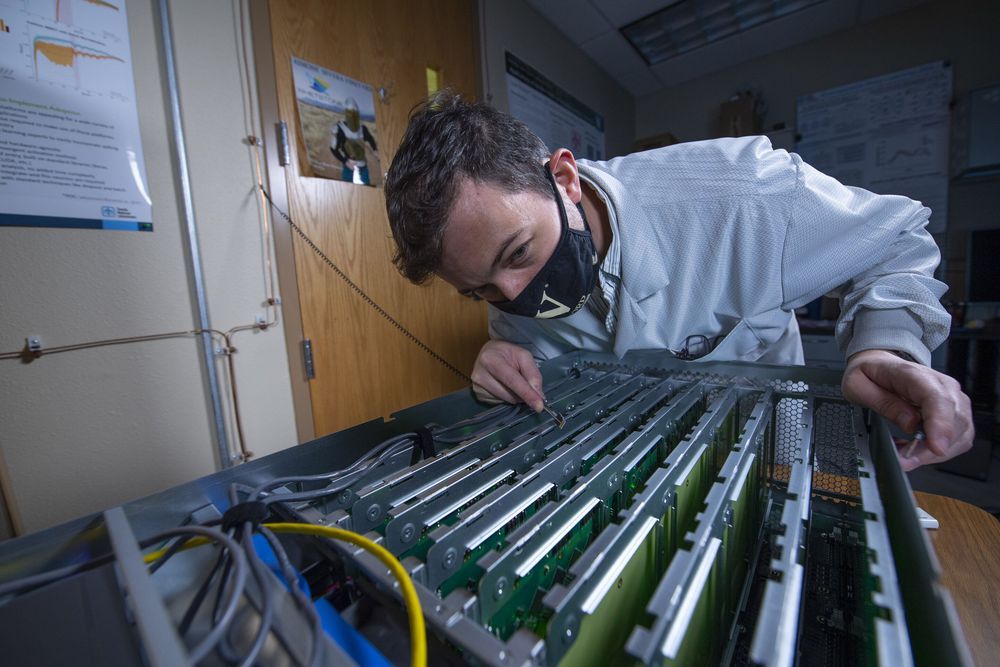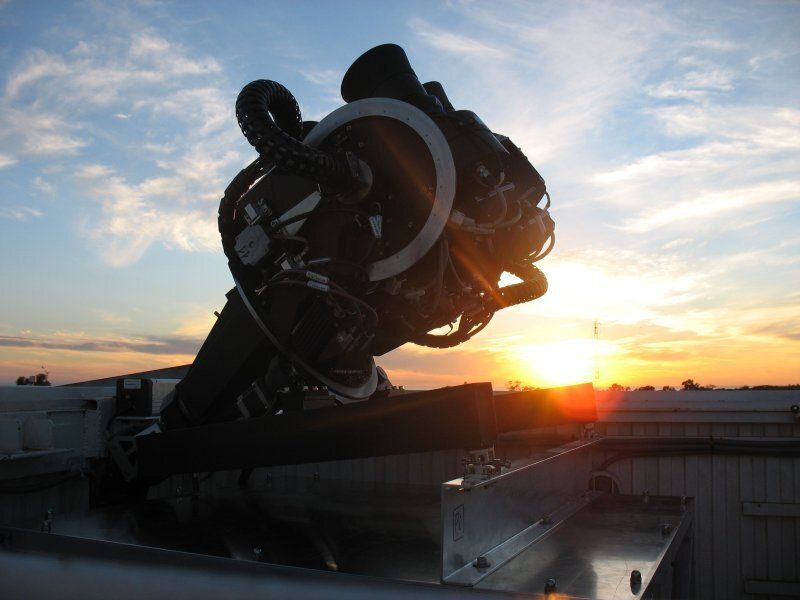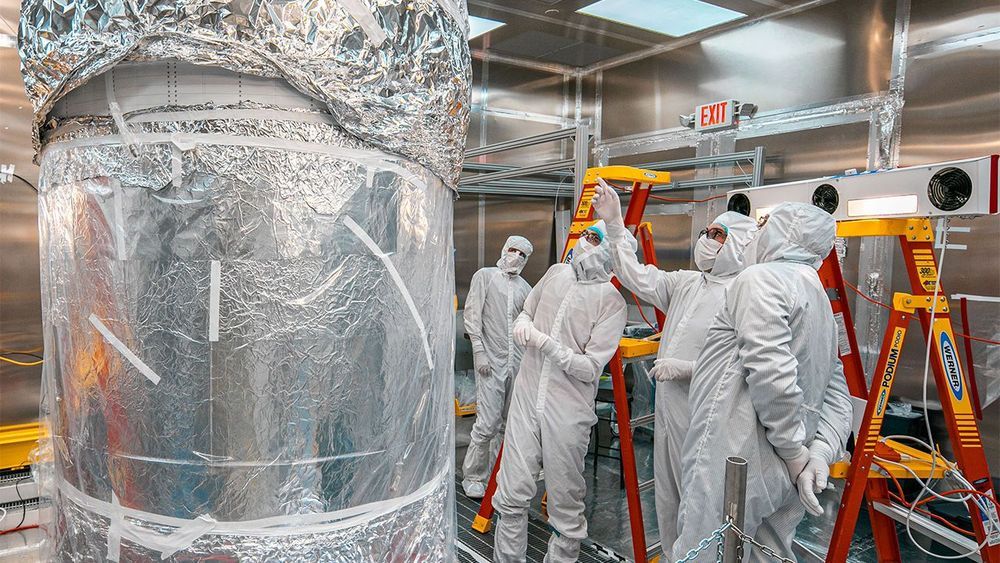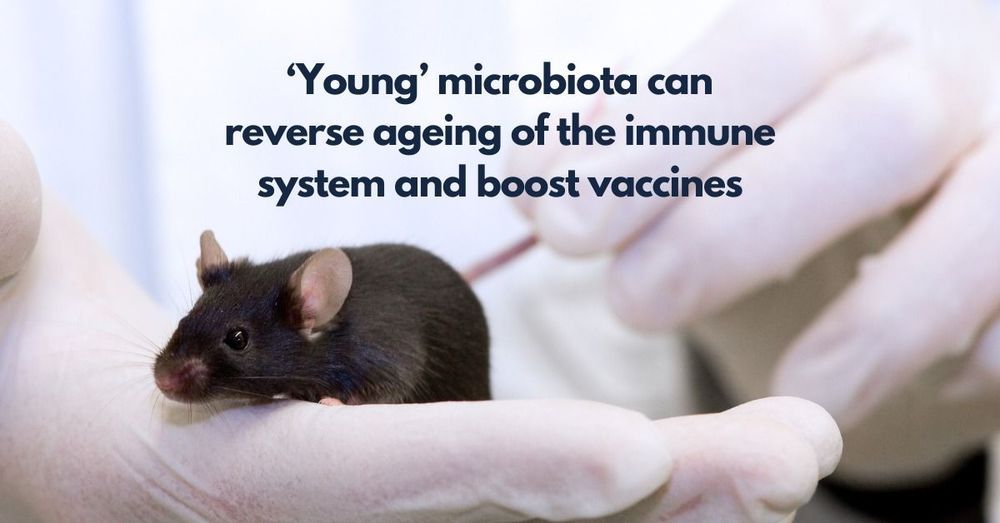Fifty million artificial neurons—a number roughly equivalent to the brain of a small mammal—were delivered from Portland, Oregon-based Intel Corp. to Sandia National Laboratories last month, said Sandia project leader Craig Vineyard.
The neurons will be assembled to advance a relatively new kind of computing, called neuromorphic, based on the principles of the human brain. Its artificial components pass information in a manner similar to the action of living neurons, electrically pulsing only when a synapse in a complex circuit has absorbed enough charge to produce an electrical spike.
“With a neuromorphic computer of this scale,” Vineyard said, “we have a new tool to understand how brain-based computers are able to do impressive feats that we cannot currently do with ordinary computers.”







